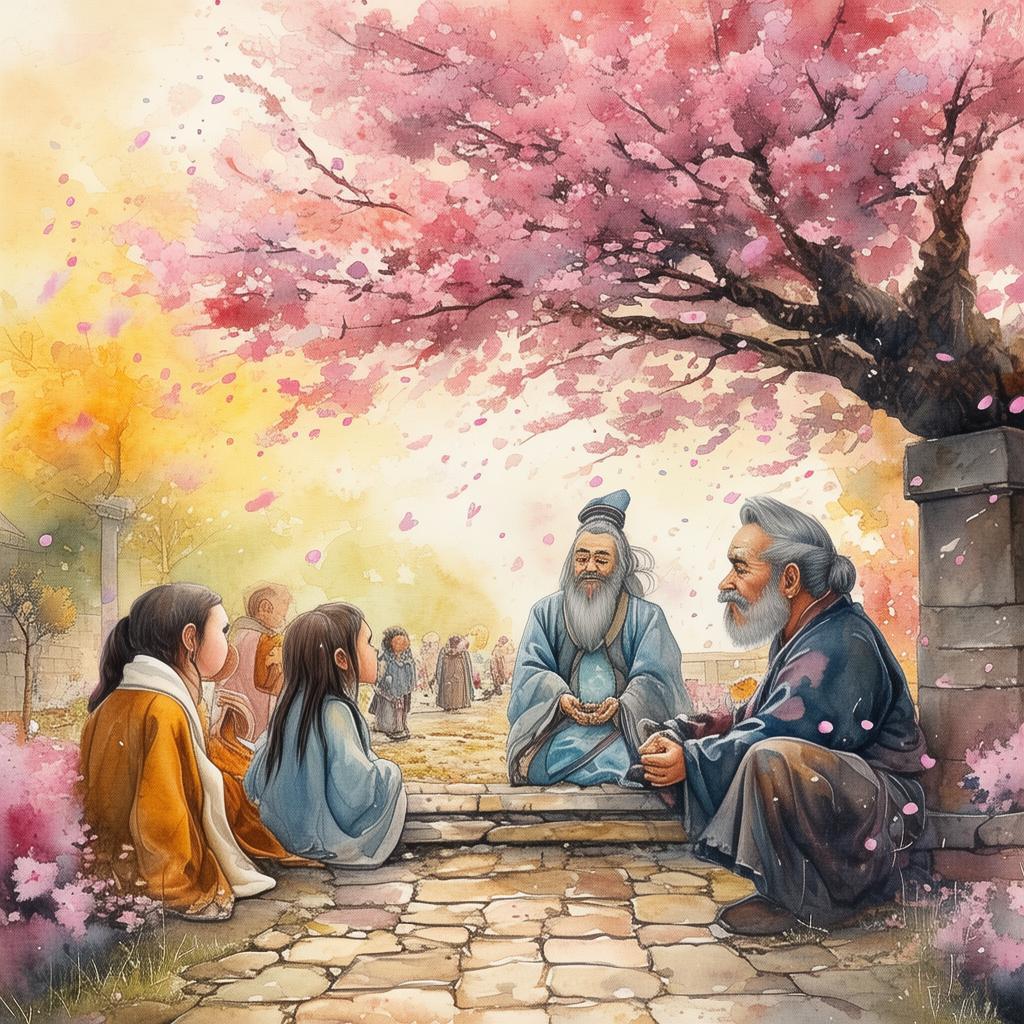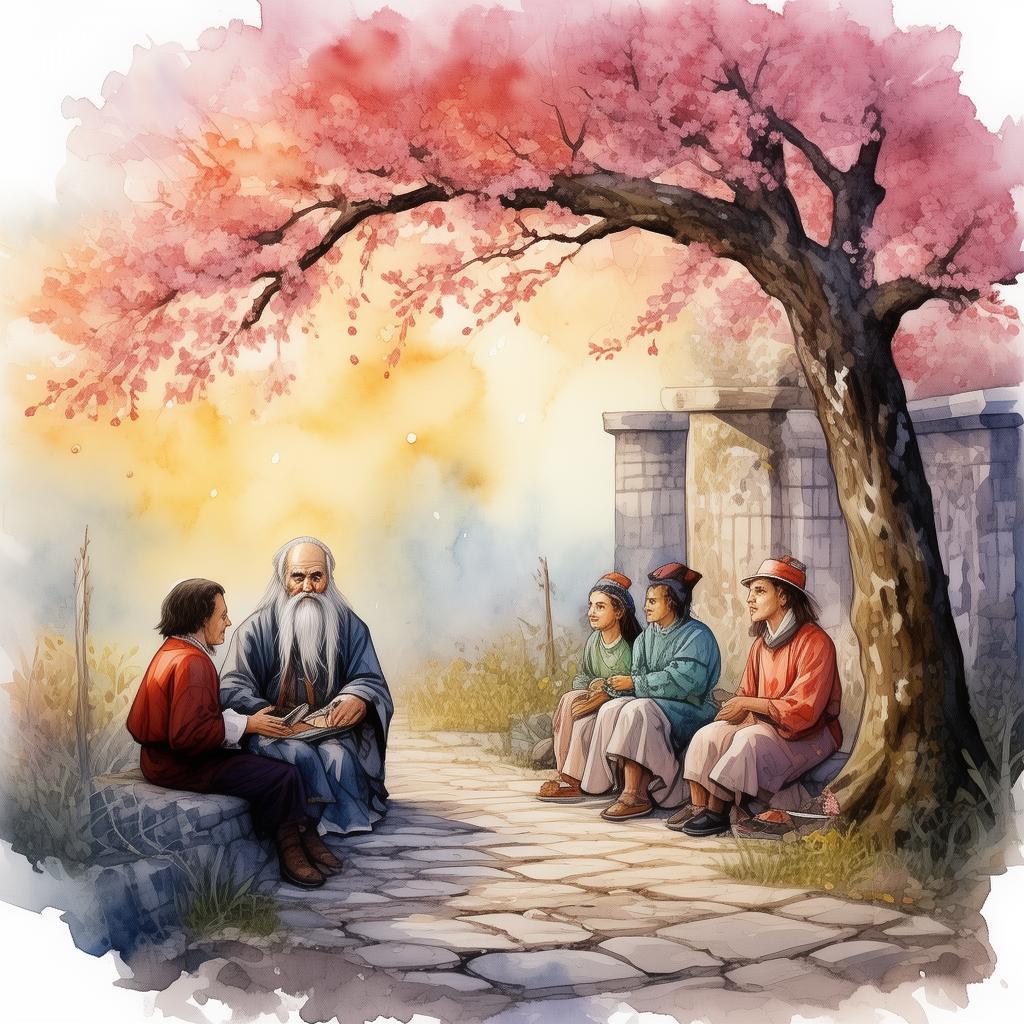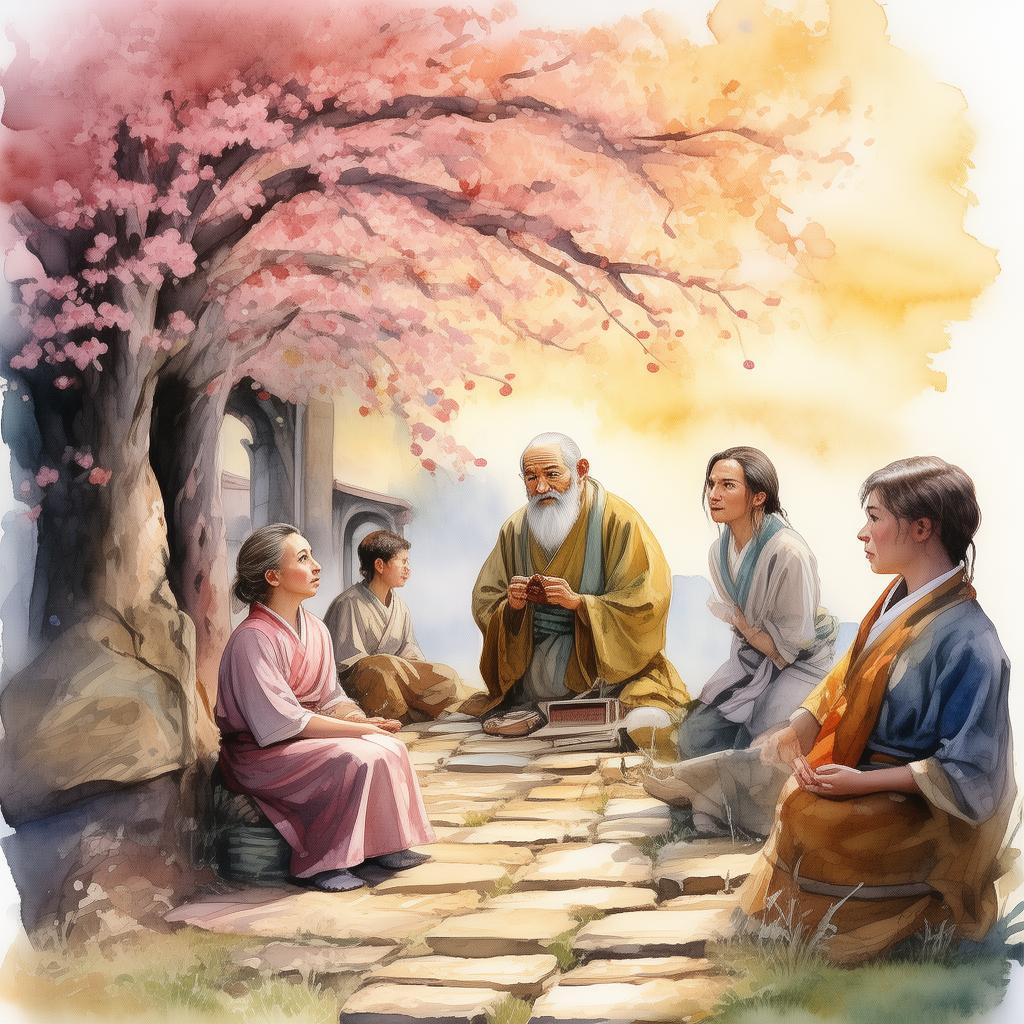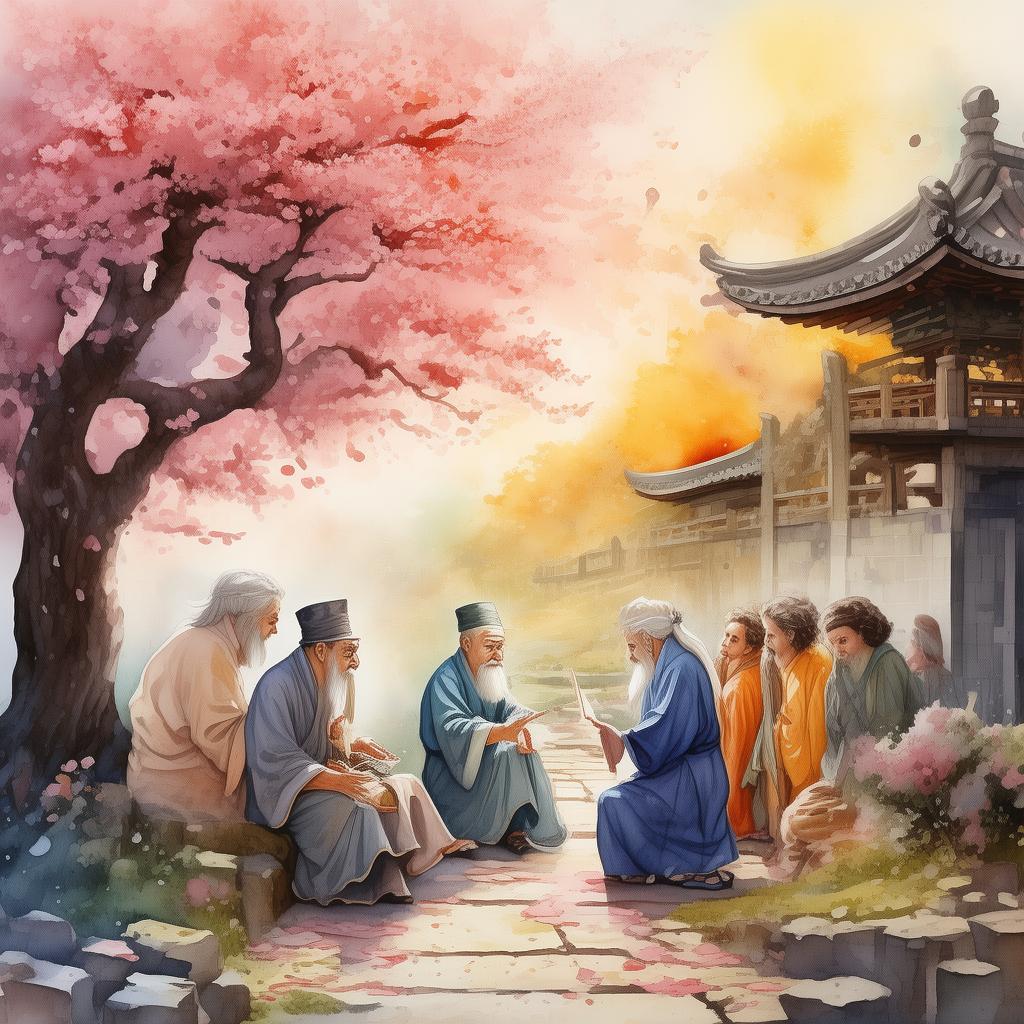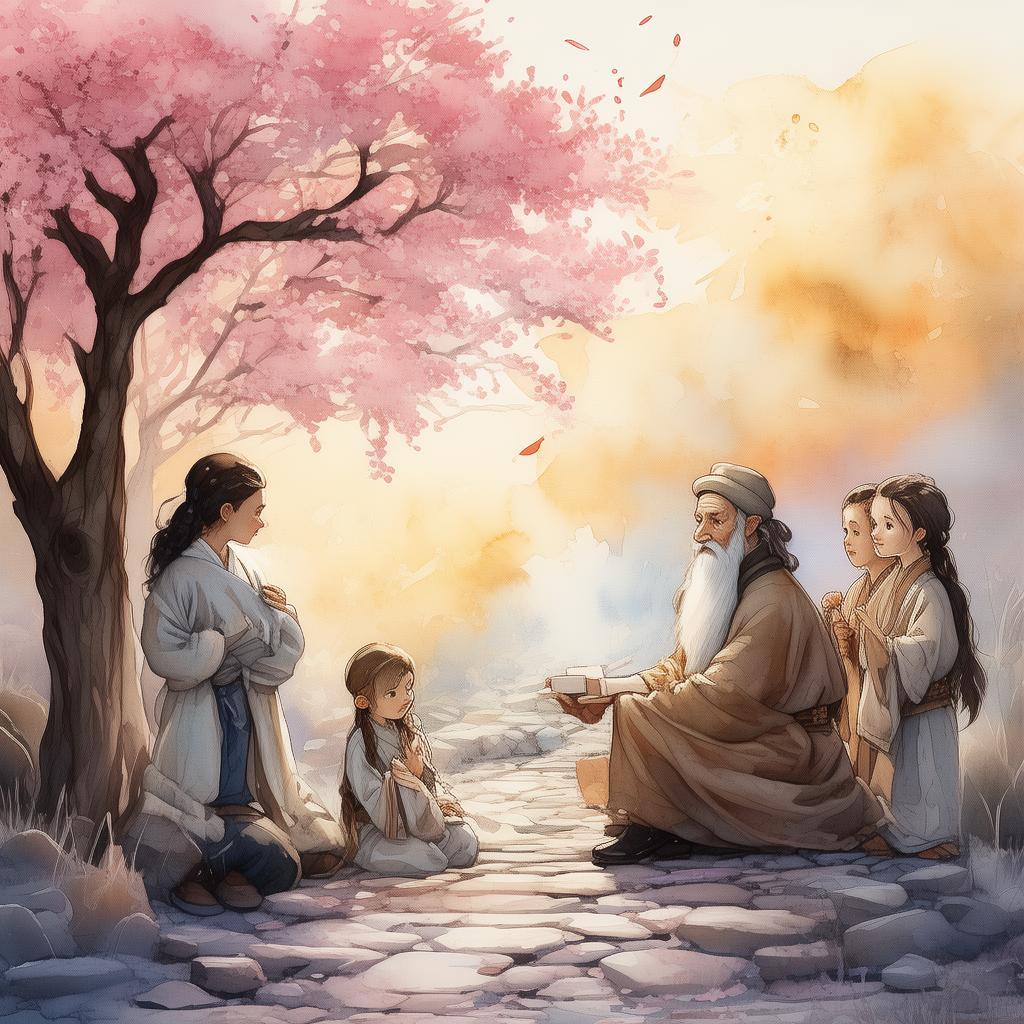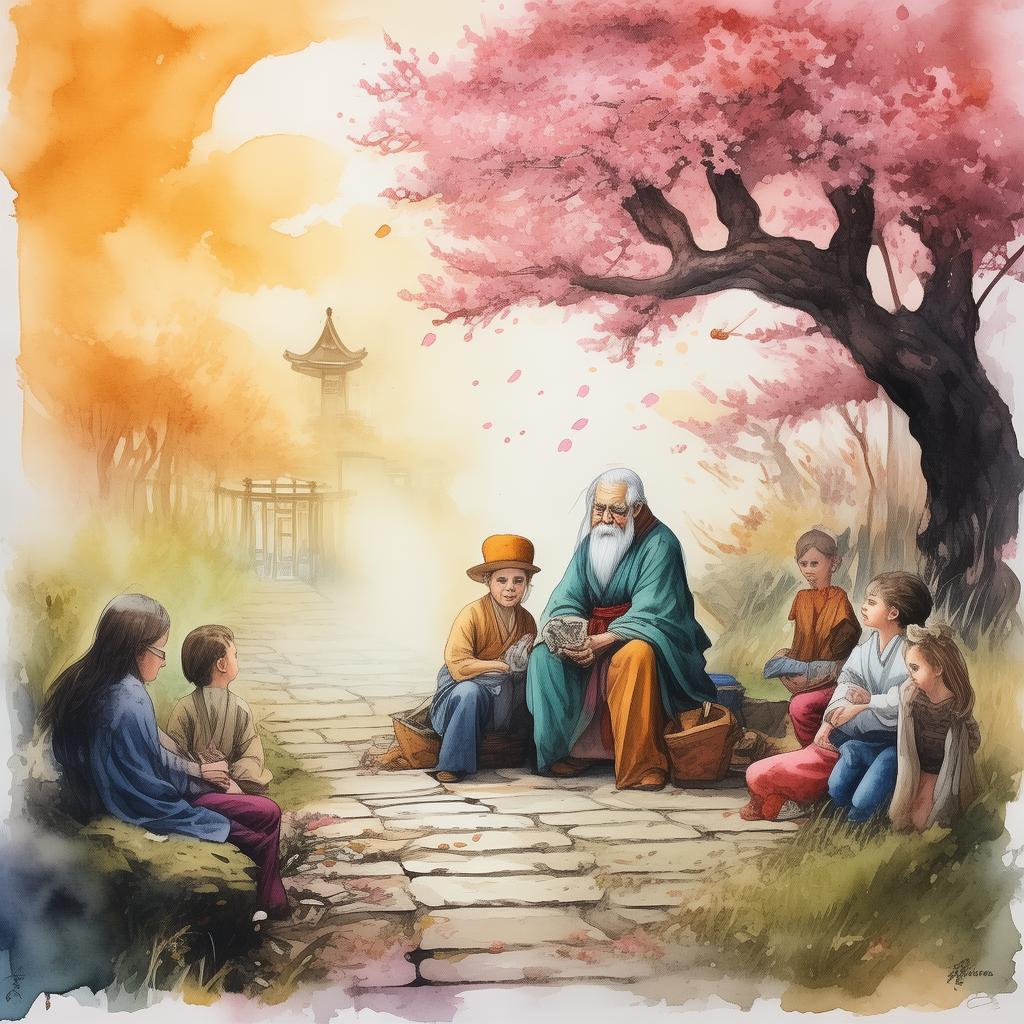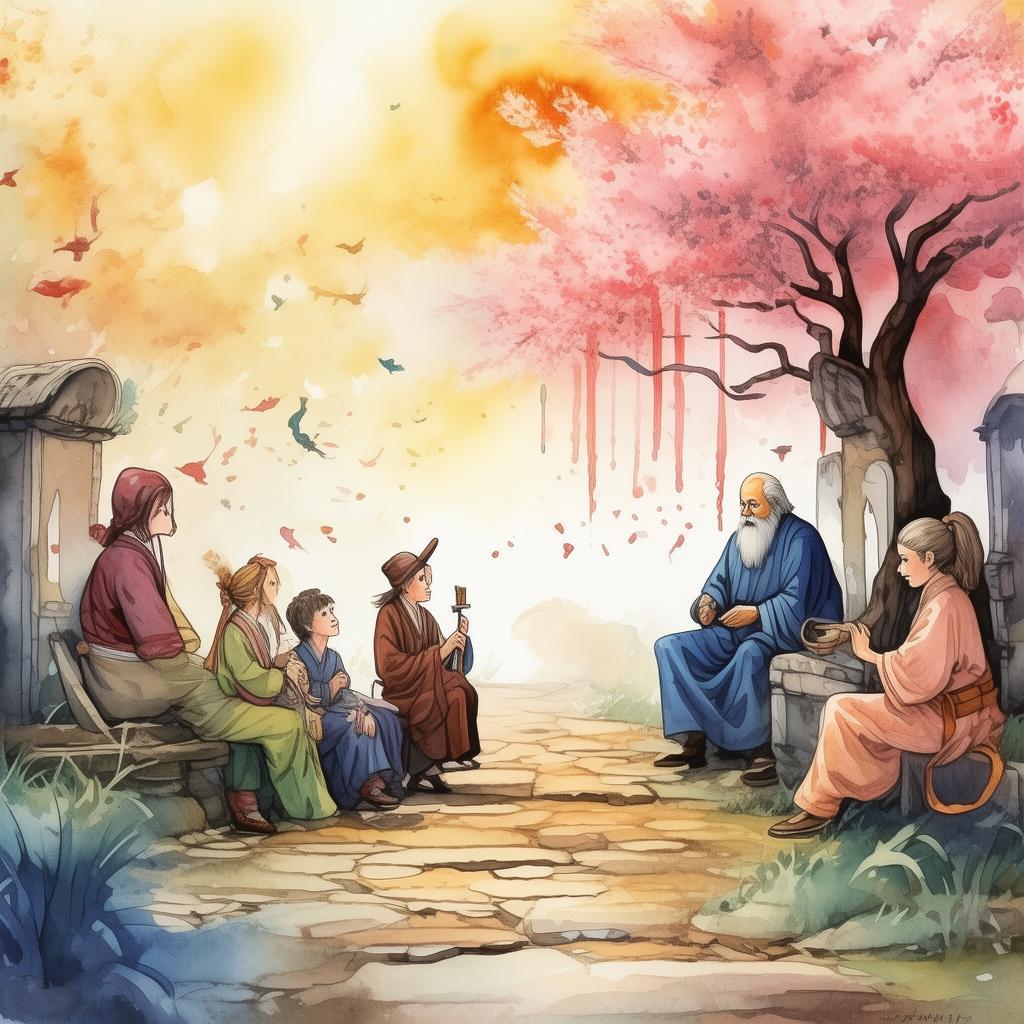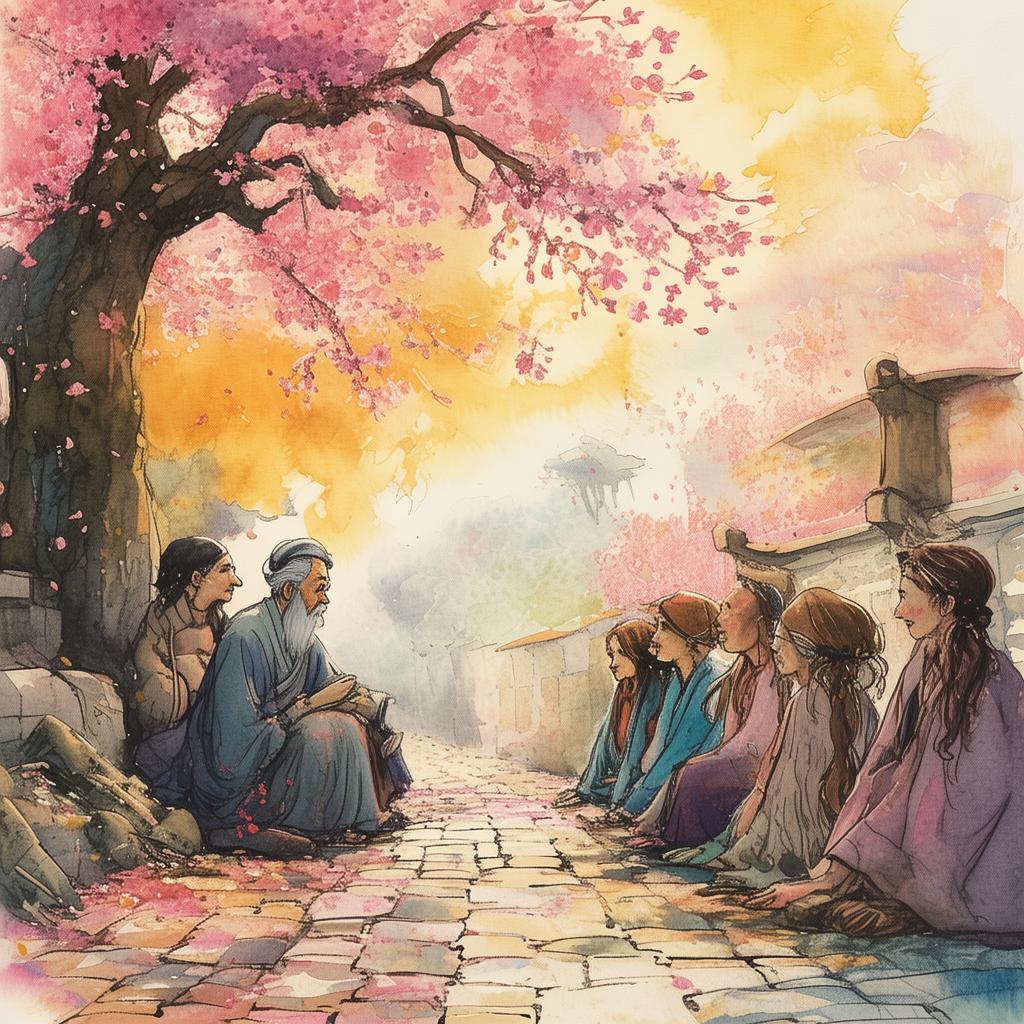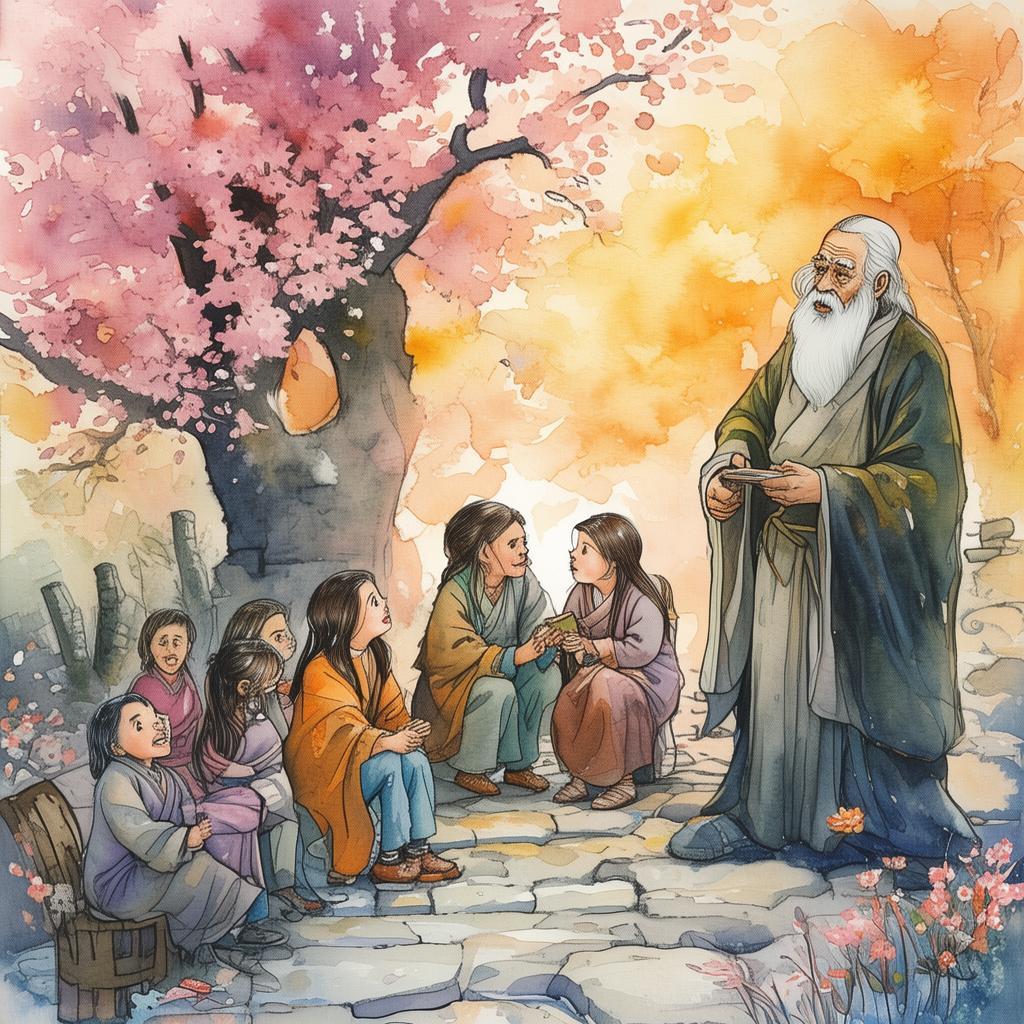The Tiger's Mirror: The Quest for Self-Reflection
In a remote village nestled between towering mountains, there lived a young man named Ming. Ming was known for his sharp intellect and his relentless pursuit of knowledge. He was a curious soul, always seeking the deeper meaning of life. One day, while wandering the forest, Ming stumbled upon an ancient, ornate mirror. The mirror was unlike any he had seen before, its surface shimmering with a deep, mysterious red hue.
As Ming gazed into the mirror, he felt an inexplicable connection to it. The mirror seemed to beckon him, calling him to look deeper, to uncover truths he had never before considered. Intrigued, Ming decided to take the mirror with him, convinced that it held the key to his innermost thoughts and feelings.
The mirror, which Ming named "The Tiger's Mirror," became his constant companion. He carried it with him as he traveled, using it as a reflection of his own thoughts and actions. Each time he looked into the mirror, he saw not only his own image but also the essence of his being, his deepest desires, fears, and truths.
Ming's journey was fraught with challenges. The first trial came in the form of a wise old sage who lived in the mountains. The sage noticed Ming's constant staring into the mirror and approached him, "Young man, what is it you seek within the Tiger's Mirror?"
Ming replied, "I seek the truth about myself, my purpose, and the meaning of my existence."
The sage nodded, "Then you have chosen a difficult path. The mirror will show you your innermost self, and that is not always easy to face."
The sage then shared a parable: "There once was a tiger who lived in the mountains. Every day, the tiger would gaze into a mirror, seeking to understand his reflection. But the more he looked, the more confused he became. He saw himself as fierce and strong, but he also saw his fears and vulnerabilities. In his confusion, the tiger turned to the wise owl for guidance."
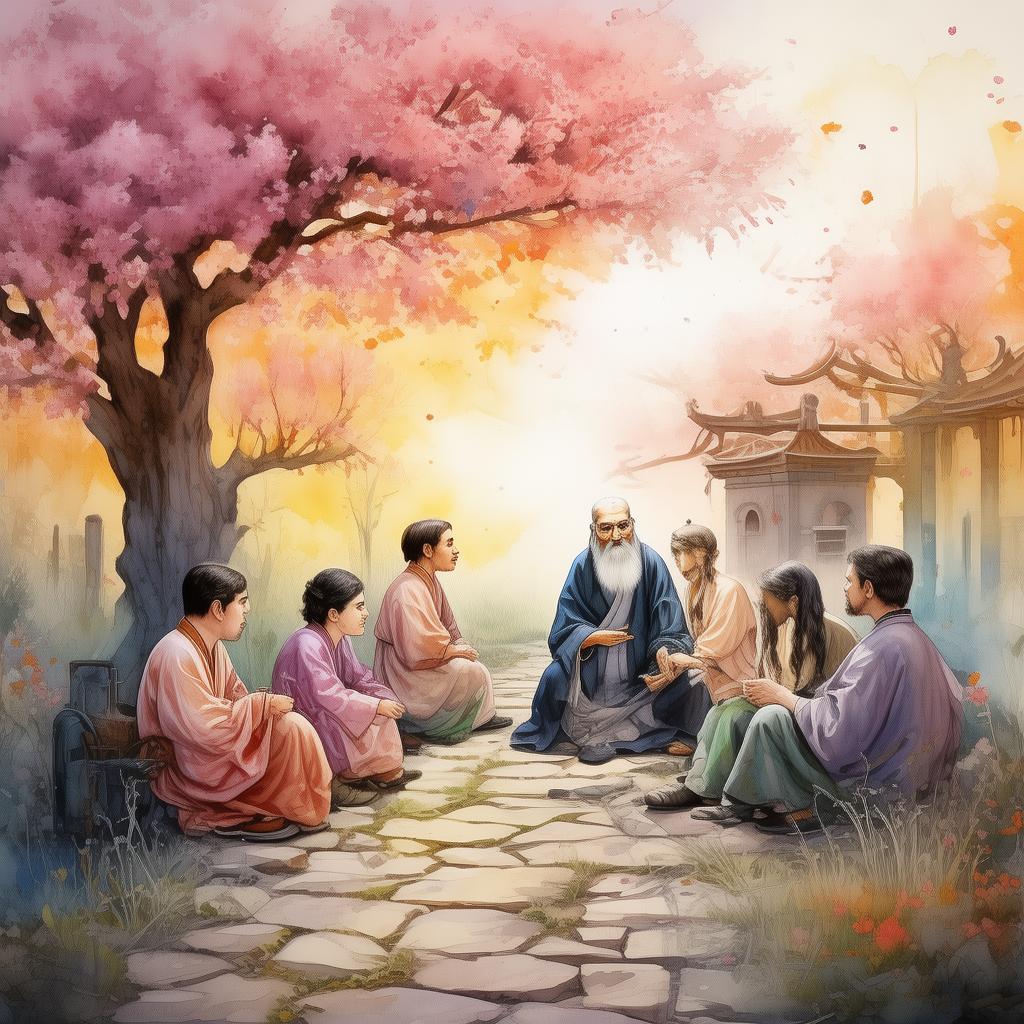
The owl told the tiger, "The mirror does not lie. It shows you both your strengths and your weaknesses. To truly understand yourself, you must embrace both."
Ming, inspired by the tale, continued his journey. He faced numerous trials, each one revealing a different aspect of his character. He encountered moments of triumph and despair, times when he felt like a hero and times when he felt like a failure.
One day, Ming found himself at the edge of a cliff, the mirror in his hands. He looked down at the vast chasm below and felt a sudden urge to throw the mirror over the edge. "This mirror has only brought me pain," he thought. "It has shown me the depths of my fears and the flaws in my character."
But then, he remembered the sage's words and the story of the tiger. He realized that the mirror was not a source of pain but a tool for growth. He took a deep breath, held the mirror tightly, and stepped back from the cliff's edge.
From that moment on, Ming carried the mirror with a newfound respect. He understood that the mirror was not just a reflection of his physical appearance but a reflection of his inner self. It was a mirror to his soul, and through it, he could see the truth of who he was.
As Ming journeyed further, he encountered others who were also seeking the truth. He shared his experiences with them, explaining how the Tiger's Mirror had changed his life. He taught them to look into the mirror not with fear but with curiosity, to embrace their innermost truths, and to use them as a guide for their future actions.
In the end, Ming realized that the true purpose of the Tiger's Mirror was not to reveal his flaws but to help him grow from them. It was a mirror that showed him the path to self-reflection, self-improvement, and self-acceptance.
The village where Ming had started his journey soon became a gathering place for those seeking wisdom and truth. Ming, now known as the "Mirror Sage," used the Tiger's Mirror to guide others on their own philosophical journeys, helping them to discover their true selves and the meaning of their lives.
The Tiger's Mirror had become more than a mere object; it was a symbol of the journey to self-discovery, a constant reminder of the importance of looking within and embracing the essence of one's being.
✨ Original Statement ✨
All articles published on this website (including but not limited to text, images, videos, and other content) are original or authorized for reposting and are protected by relevant laws. Without the explicit written permission of this website, no individual or organization may copy, modify, repost, or use the content for commercial purposes.
If you need to quote or cooperate, please contact this site for authorization. We reserve the right to pursue legal responsibility for any unauthorized use.
Hereby declared.
